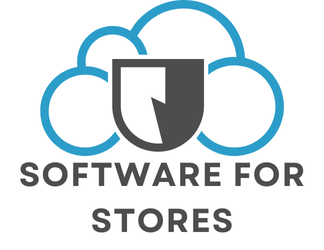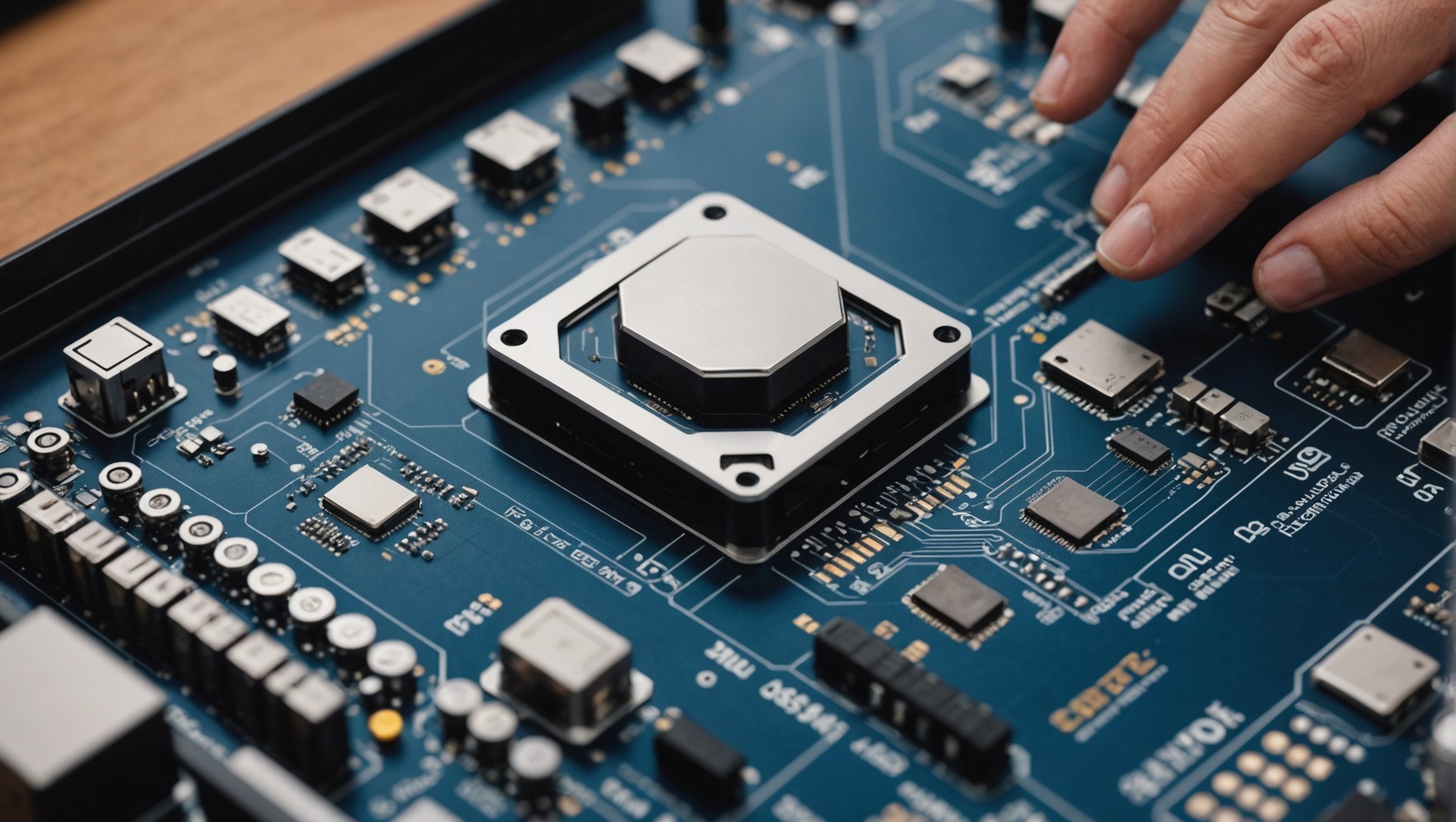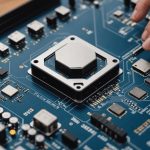Maximizing AI Model Performance: Effective Strategies for Training with Limited Hardware Resources
In the rapidly evolving field of artificial intelligence (AI), the demand for powerful hardware to train and deploy AI models is ever-increasing. However, not all projects have access to unlimited computational resources. This article delves into the strategies and techniques that can help maximize AI model performance even when working with limited hardware resources.
Understanding the Resource Demands of AI Models
AI models, particularly those in deep learning, require substantial computational power, memory, and processing capabilities. High-performance GPUs (Graphics Processing Units) and TPUs (Tensor Processing Units) are often essential for handling the intensive calculations involved in training large models.
Also to discover : Revolutionizing Remote Patient Monitoring: The Role of AI-Powered Tools in Transforming Healthcare
Computational Resources: The Backbone of AI Training
Training sophisticated AI models involves processing vast amounts of data and performing complex computations. Here’s a breakdown of the key resources needed:
- Processing Power: GPUs and TPUs are designed to handle the parallel processing demands of deep learning tasks. For instance, GPUs are versatile and support a wide range of AI tasks, while TPUs are optimized specifically for tensor operations.
- Memory: Efficient memory management is crucial. Techniques like gradient accumulation and mixed precision training help reduce memory usage, allowing for larger effective batch sizes and faster training times.
- Energy Consumption: Optimized hardware like TPUs offers superior performance per watt, making them energy-efficient choices for large-scale AI deployments.
Optimizing GPU Utilization for AI Projects
Optimizing GPU utilization is a critical aspect of maximizing AI model performance on limited hardware.
Also to read : Boosting Data Encryption: Effective Strategies for Hybrid Cloud Environments
Delayed Scaling for Optimizing GPU Utilization
Delayed scaling is a strategy that involves selecting the scaling factor based on the maximum absolute values observed over previous iterations. This approach ensures that the GPU operates at its peak efficiency by adapting to the workload dynamically. Here are some key considerations:
- Performance Maximization: Delayed scaling ensures the GPU operates at its peak efficiency, enhancing overall performance.
- Memory Management: Managing memory effectively is crucial, especially when dealing with large models. Storing historical maximums as additional parameters can increase memory usage but is essential for maintaining performance.
Memory Management Techniques
Efficient memory management is vital for maximizing GPU performance:
- Gradient Accumulation: Accumulate gradients over several batches instead of updating weights after every batch. This reduces memory usage and allows for larger effective batch sizes.
- Mixed Precision Training: Use both 16-bit and 32-bit floating-point types to reduce memory consumption and speed up training.
- Asynchronous Data Loading: Use data loaders that load data in parallel with model training to ensure the GPU is not idling while waiting for data.
Model Architecture Optimization
Optimizing the model architecture can significantly enhance GPU utilization and overall performance.
Layer Fusion and Pruning
- Layer Fusion: Combine multiple layers into a single operation to reduce memory overhead and improve computational efficiency.
- Pruning: Remove unnecessary weights from the model to decrease its size and improve inference speed without significantly affecting performance. Techniques like weight pruning and unit pruning can be applied during or after training.
Hyperparameter Tuning
Fine-tuning hyperparameters is essential for optimizing model performance:
- Batch Size: Experiment with different batch sizes to find the optimal size that maximizes GPU utilization without causing memory overflow.
- Learning Rate Scheduling: Implement learning rate schedules that adapt during training to improve convergence speed and stability.
Leveraging Hardware-Specific Optimizations
Maximizing the capabilities of your existing hardware setup is crucial when working with limited resources.
Quantization and Parallel Processing
- Quantization: Convert high-precision floating-point numbers into lower-precision formats (like 16-bit or 8-bit) to reduce the model’s size and accelerate inference times. This technique is particularly effective for real-time applications.
- Parallel Processing: Techniques like data parallelism or model parallelism can distribute the computational load across multiple cores or devices, speeding up the training process and improving overall efficiency.
Model Optimization Techniques
Several model optimization techniques can help reduce the computational and memory demands of AI models.
Pruning and Knowledge Distillation
- Pruning: Remove parameters that contribute little to the model’s performance. For example, Google’s MobileNet architecture employs pruning techniques to streamline convolutional neural networks (CNNs).
- Knowledge Distillation: Train a smaller, more efficient model (the “student”) to replicate the behavior of a larger, more complex model (the “teacher”). This approach makes the student model well-suited for deployment in resource-constrained environments.
Mixed Precision Training and Model Caching
- Mixed Precision Training: Use a mix of lower and higher-precision computations during training to reduce memory usage and speed up processing without sacrificing model accuracy.
- Model Caching: Implement caching strategies to store frequently used model components, reducing the computational overhead and improving real-time performance.
Edge Computing and Real-Time Analytics
For applications requiring real-time insights, edge computing can be a game-changer.
Scalable Infrastructure and Model Optimization
- Scalable Infrastructure: Deploy scalable hardware, including edge servers and IoT devices, to support AI models. Design network architecture to allow seamless data flow between edge devices and central systems.
- Model Optimization: Use optimized AI models that can run effectively on smaller devices, balancing power consumption and processing capabilities. Techniques like model partitioning can offload resource-intensive tasks to the cloud while keeping time-sensitive computations at the edge.
Data Quality and Model Accuracy
Ensuring high-quality data is crucial for maintaining model accuracy, especially in edge computing scenarios.
Data Preprocessing and Cleaning
- Data Preprocessing and Cleaning: Implement preprocessing techniques directly on devices to correct or filter out noisy data, improving the quality of information fed into AI models.
- Periodic Model Retraining: Regularly update AI models using recent data from the edge to counteract issues like data drift, ensuring that models remain accurate as conditions change.
Cost Management and ROI-Driven Use Cases
Implementing and maintaining AI at the edge or on limited hardware incurs costs, but there are strategies to manage these costs effectively.
Focus on ROI-Driven Use Cases
- Focus on ROI-Driven Use Cases: Prioritize AI use cases with clear ROI, allowing you to justify costs based on measurable benefits such as improved efficiency, reduced downtime, or enhanced customer experiences.
- Phased Approach for Edge Investments: Deploy edge solutions in phases, starting with pilot projects in high-impact areas, and then gradually expand as resources permit.
Best Practices for GPU Optimization in AI
Here are some best practices to optimize GPU utilization in AI projects:
- Batch Size Selection: Experiment with different batch sizes to find the one that yields the best performance without exceeding memory limits.
- Gradient Accumulation: Use this technique when working with large batch sizes that do not fit into memory, allowing for effective training without sacrificing performance.
- Profiling Tools: Utilize profiling tools to monitor GPU utilization and identify bottlenecks in the training process.
Comparative Analysis of GPUs and TPUs
When choosing between GPUs and TPUs, it’s essential to understand their strengths and weaknesses.
| Feature | GPU (Graphics Processing Unit) | TPU (Tensor Processing Unit) |
|---|---|---|
| Design Focus | General-purpose parallel computing | Optimized specifically for tensor operations |
| Performance | High performance in a wide range of AI tasks | Exceptionally high performance in deep learning tasks |
| Efficiency | Good performance per watt, varying by model | Superior performance per watt, designed for energy efficiency |
| Flexibility | Supports a broad range of deep learning and general algorithms | Primarily focused on deep learning models |
| Ecosystem | Mature ecosystem with extensive support for various frameworks | Limited to specific frameworks optimized for TPUs |
| Cost | Consumer-grade GPUs are widely available and cost-effective | Generally more expensive and less accessible |
| Integration | Easier integration with existing systems and software | Requires specific software and infrastructure setup |
| Use Case | Ideal for SMEs with diverse computational needs | Best for SMEs focused heavily on deep learning deployments |
| Deployment | Flexible deployment in desktops, servers, and embedded systems | Typically used in cloud environments or specialized setups |
Practical Insights and Actionable Advice
Here are some practical tips to help you optimize your AI model training on limited hardware resources:
Fine-Tuning and Continuous Optimization
- Regularly evaluate the model’s performance and make necessary adjustments to ensure it remains relevant and efficient over time. This proactive approach helps in spotting issues early and addressing them before they impact overall performance.
Data Parallelism and Model Monitoring
- Use data parallelism to distribute the training data across multiple GPUs or TPUs, significantly speeding up the training process.
- Implement model monitoring strategies to ensure the model adapts to variances and maintains its accuracy over time.
Real-World Applications and Decision Making
- In real-world applications, optimizing AI models is not just about technical efficiency but also about making informed decision-making. For instance, in edge computing, optimizing models for real-time analytics can lead to quicker decision-making and improved operational efficiency.
Optimizing AI model training on limited hardware resources is a multifaceted challenge that requires a combination of innovative techniques and strategic approaches. By leveraging model pruning, quantization, mixed precision training, and hardware-specific optimizations, you can significantly enhance the efficiency and performance of your models.
As AI continues to evolve, mastering these optimization techniques will be essential for developers aiming to create scalable and effective solutions. Whether you are working on large-scale deep learning projects or deploying AI models at the edge, understanding how to maximize your hardware resources can make a monumental difference in your project’s success.
In the words of a leading AI researcher, “The key to successful AI model training is not just about having the most powerful hardware, but about optimizing every aspect of your model and training process to get the most out of the resources you have.” By adopting these strategies, you can ensure your AI models perform optimally, even in the most resource-constrained environments.











